Model Railroading has been called “The world’s greatest hobby.” We agree! However, it can be daunting to get started in model railroading. This beginner’s guide will help you dig deeper into the hobby and provide useful resources for your first layout. in this article, we’ll cover:
- How to choose the scale and era to model
- How to plan a model railroading layout
- How to pick the right supplies for your layout
- How to build a train table
- How to pick scenery
- When is a layout finished?
The beauty of this hobby is it’s open-ended. You can be as prototypically accurate as you’d like (the term “prototype” is used by model railroaders to refer to “real” railroading) or you can be as creative as you want. As model railroaders say: It’s your layout.
Want to model a totally anachronistic scene? It’s your layout. Think a steam engine would look cool pulling modern freight equipment? It’s your layout. Someone has a problem with it? It’s not their layout! You’re free to create and control your model railroad as you see fit. Experimenting with different eras and equipment might help you find your niche within the hobby. Or, you might strive to accurately recreate a real stretch of railroad, complete with hours of prototype research and detail work. In other cases, a model railroad is invented from whole cloth (or, as model railroaders call it, “freelanced”) by a modeler striving to realize their idealized railroad.
While this article is meant to serve as the beginner’s guide to get started in model railroading, it is by no means a definitive resource itself. Instead, this is meant to be a launching point, touching on basic concepts and introducing you to various aspects of the hobby. Additionally, Trains.com offers a section of Beginners articles, many of which are referenced in this guide.
How to choose an era and scale
There are two choices every beginner model railroader must make: What scale and what era will you model?
The modeling scale serves as the underpinning of the world you’ll create. Scale refers to the proportions of a given model to its real-life equivalent. For example, HO scale — the most popular model train scale in the U.S. and Canada — is used to denote a ratio of 1:87. This means one inch on an HO scale model is equivalent to 87 inches, or 7.25 feet, on its real-life equivalent.
To better understand scales, check out our model train scale reference guide. From there, you’ll want to understand how your choice of scale will affect the railroad you build. Many factors influence which scale will be right for you, including space, sound and type of scenery.
Read More: How to choose a modeling scale
Era is likewise an important choice. Choosing the time period to model determines whether your railroad will run steam locomotives, diesel-electrics, or both. Your layout’s era will decide things like whether a trackside industry is open or closed, whether grain is carried in boxcars or covered hoppers, whether your favorite locomotive was invented yet, what kind of vehicles should drive on your roads, and whether cabooses were still run on freight trains, among other things. Some hobbyists model a broad, general time period, like the 1970s or the steam-to-diesel transition era. Others set their railroad’s operations in a specific year, season, month, or even day on the calendar. Again, it depends on what aspect of model railroading is important to you.
Often, people wonder if they need to know a lot about prototype trains or railroading to begin model railroading. The short answer is no. The longer answer: It depends on what you want from the hobby. If you want your model railroad layout to be accurate to a prototype or a type of operation (be it passenger service, coal hauling, short-line deliveries, or many other possibilities), it’s beneficial to have an understanding of prototype railroad operations. But if that doesn’t interest you, focus on what does. That could be the art of scenery modeling, creating towns with structure kits, or wiring a working signal system – whatever suits your interests.
Read More: Railroads for Beginners to Model
How to plan a model railroad layout
Track planning is, for most, an essential aspect of model railroading. The best place to begin your layout is the drafting desk. Sketching out plans for your layout, however roughly or precisely you are capable, will make the process of building your layout much easier and more enjoyable. In layout planning, one must consider track design, scenery composition, and structure placement, among other factors.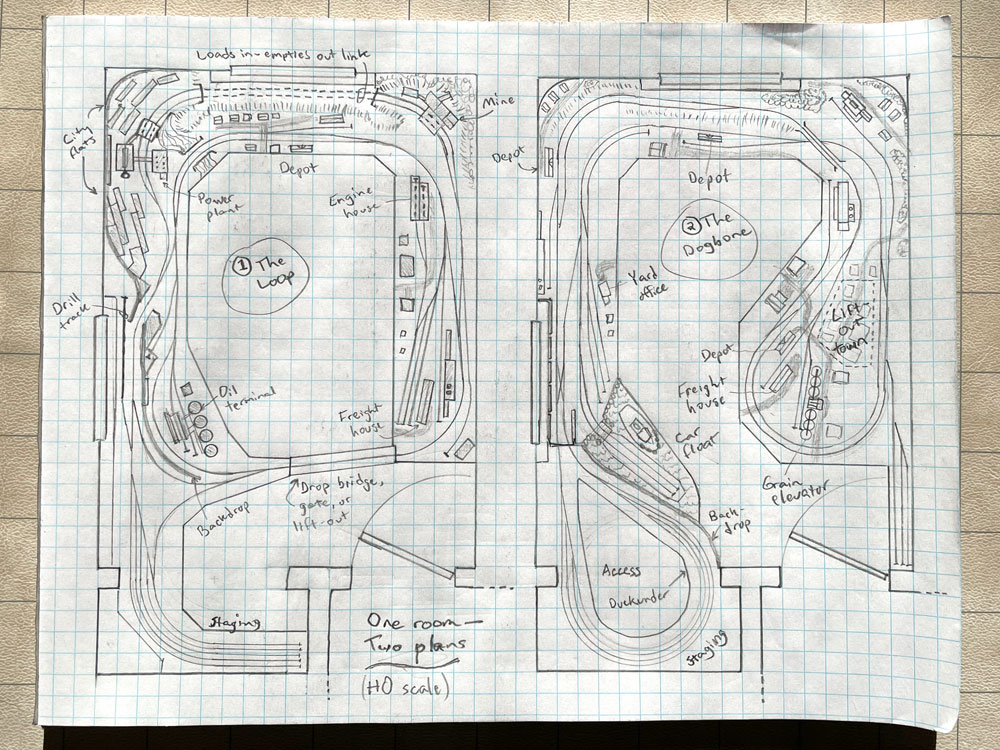
Model Railroader’s Steven Otte writes a series of articles for Trains.com in which he draws upon his talents as a sketch artist to demonstrate track planning techniques. For example, this article explores the possibilities available to a model railroader in a small spare bedroom, while this piece demonstrates what an industrial layout confined to a single shelf can accomplish.
How to pick the right supplies for your layout
There’s no question you need a lot of tools and supplies to build a model railroad. Locomotives, rolling stock, track, and a control system are the bare minimum. In addition, you need lumber, plaster, tools, wiring supplies, scenery, and structures – and that’s without getting into all the different manufacturers. It can be overwhelming.
But let’s pull back for a minute. For starters, you can safely eliminate all the products not related to your scale or era. From there, choose your area of focus. For some modelers, the trains are the most important aspect of their layout, so they buy their locomotives and rolling stock before anything else. Others enjoy architecture, and start building structures before they even have a layout to put them on. Yet others like building realistic scenery, and track and structures are an afterthought. Whatever your approach is, to build your layout you’ll need tools, some of which you may have, while others you may not.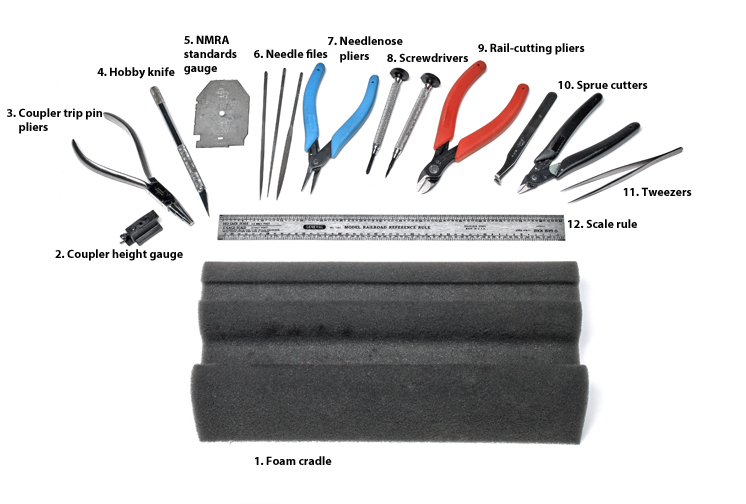
In days past, one could simply go to the local hobby store and find a myriad of model train sets, locomotives, and anything else needed for a layout. Unfortunately, hobby stores are becoming increasingly difficult to find. Luckily, almost anything you could need for your layout is now available online from a variety of model railroad retailers and manufacturers. Additionally, the advent of 3-D printers has given rise to a bounty of accurately scaled models produced by enthusiasts looking to fill gaps in the marketplace.
How to build a train table
Once you’re ready to start building your layout, you’ll need to start with the train table. Extruded-foam insulation board is often used because it can easily be stacked, glued, and carved to form changes in elevation, rolling hills, mountains, and cliff faces. Foam can also be used as the primary surface of a train table. If you plan to use insulation foam boards, it’s best to set those down before laying track.
Once your train table is built and foam set in place, you’ll want to take care of your tracklaying and wiring. That’s the last piece you’ll need to begin running trains on your layout. Track laying and wiring can be a challenging process for beginners, but there are many resources available that offer great instruction, like this video.
Generally, there are two command setups in model railroading: Direct-current block control (DC) and Digital Command Control (DCC).
So what’s the difference between DC and DCC? DC is analog, while DCC is digital. Think of DC as a dial, capable of adjusting one variable, whereas DCC is a computer keyboard, able to control many variables at once. Deciding which command system to use is critical, as it will determine what locomotives you use on your layout. There are direct-current locomotives, and locomotives equipped with DCC. Direct-current locomotives can be converted to be compatible with DCC layouts, but it’s a more advanced, involved procedure. Generally, DCC equipment is more expensive than it’s DC counterpart, but compensates for the increased price with additional functionality.
How to choose your scenery
Finally, we arrive at scenery, generally considered to be last step for your layout. For many it’s an ongoing, never completed process. Scenery can include landscapes, bodies of water, flora, fauna, cities, towns, structures, industries, roads, vehicles, people, and more.
There’s no right way to approach scenery. It depends on what materials you are using on your layout. Work your way from bottom to top. You’ll first need to create the general topography for your layout. Once that is set, you may decide to add ground texture, like grass, dirt, sand, or rock. Then you could move on to bodies of water you’ve chosen to include. The important thing is to take care of your ground first, as it serves as the base for the rest of your scenery.
When you’re satisfied with your scenery, congrats! You’ve completed your first model railroad layout!
Read More: How to Begin Adding Scenery to Your Model Railroad
When is a layout finished?
Keep in mind that a model railroad layout is only “finished” when you decide it is, whatever state that may be. Some modelers constantly refined their layouts. Others reach a point where they run their trains and never pick up their tools again, at least not for that layout. Some modelers never even bother with scenery at all, happily operating trains on their “Plywood Pacific.”
Remember, there is a vast selection of resources available to you. In addition to what’s offered on Trains.com, you can find books at the Kalmbach Hobby Store covering topics from scenery to DCC wiring and everything in between. We also offer an email subscription series targeted toward beginners. You’ll also want to check out message boards, forums, and enthusiast sites where members are eager to help beginners and answer questions. Finally, look for model railroading events near you! People there are frequently eager to help, and who knows – you may just meet some friends to build and operate your layout with!
I’ll leave you with this link to explore. Hopefully, these impressive layouts pique your interest and spur you to further explore “the world’s greatest hobby.”





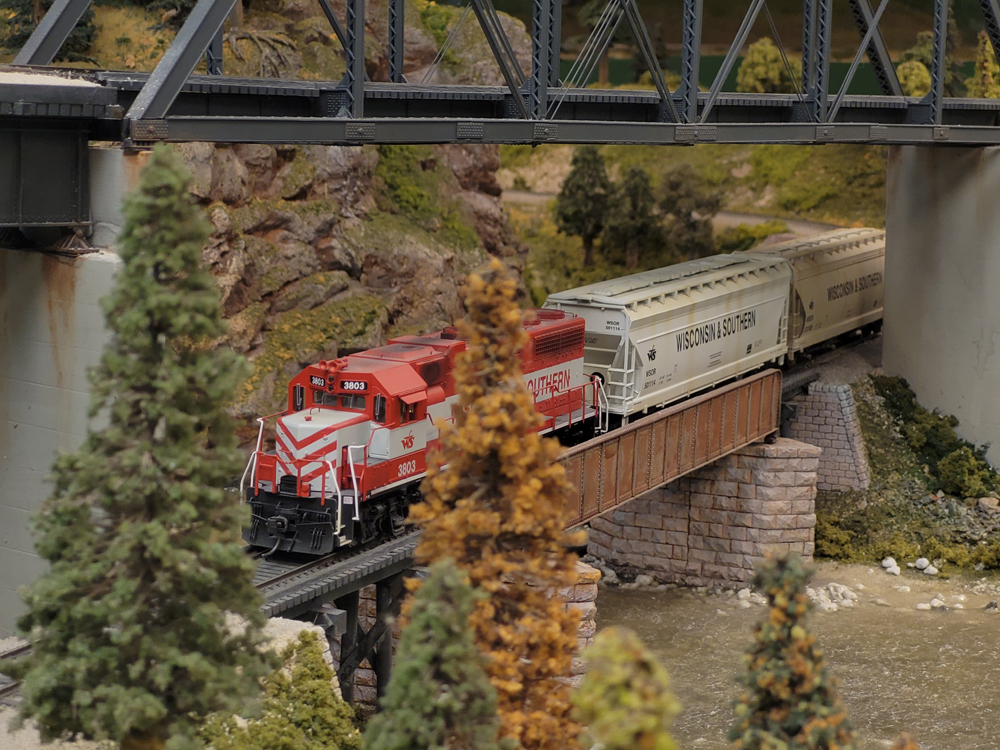
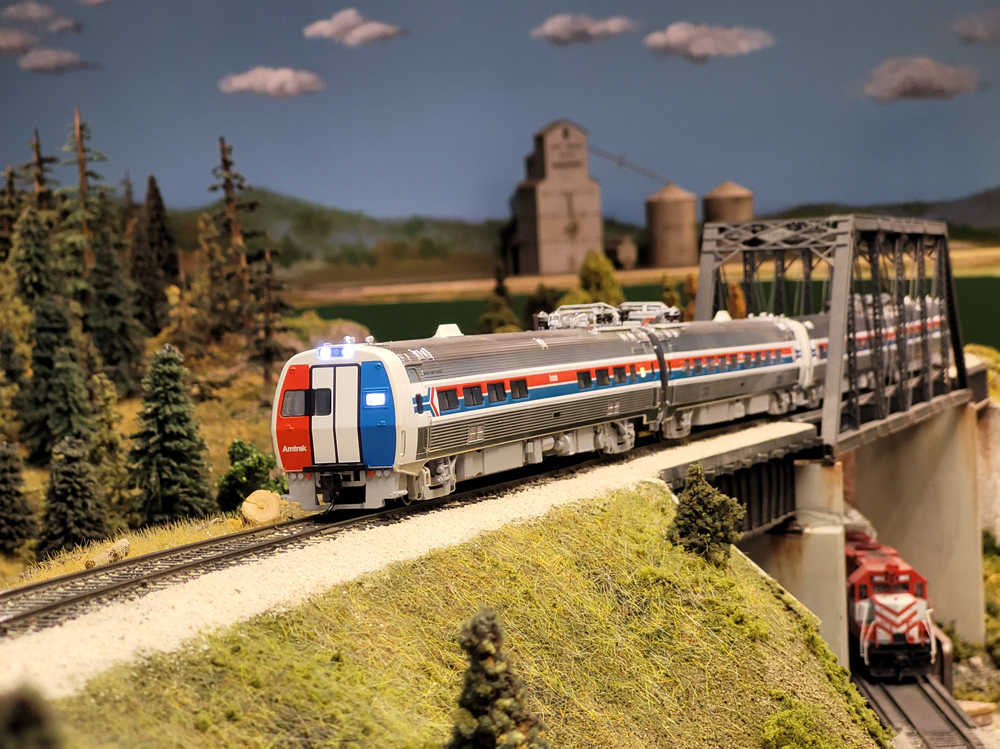
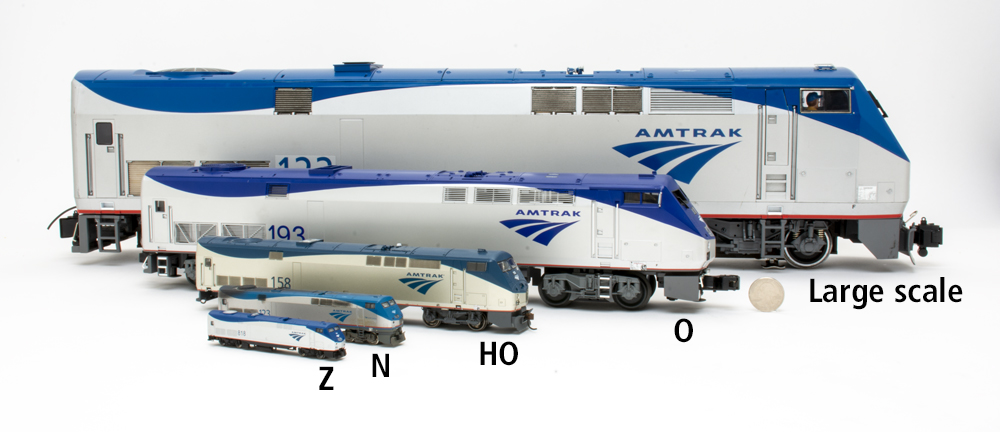
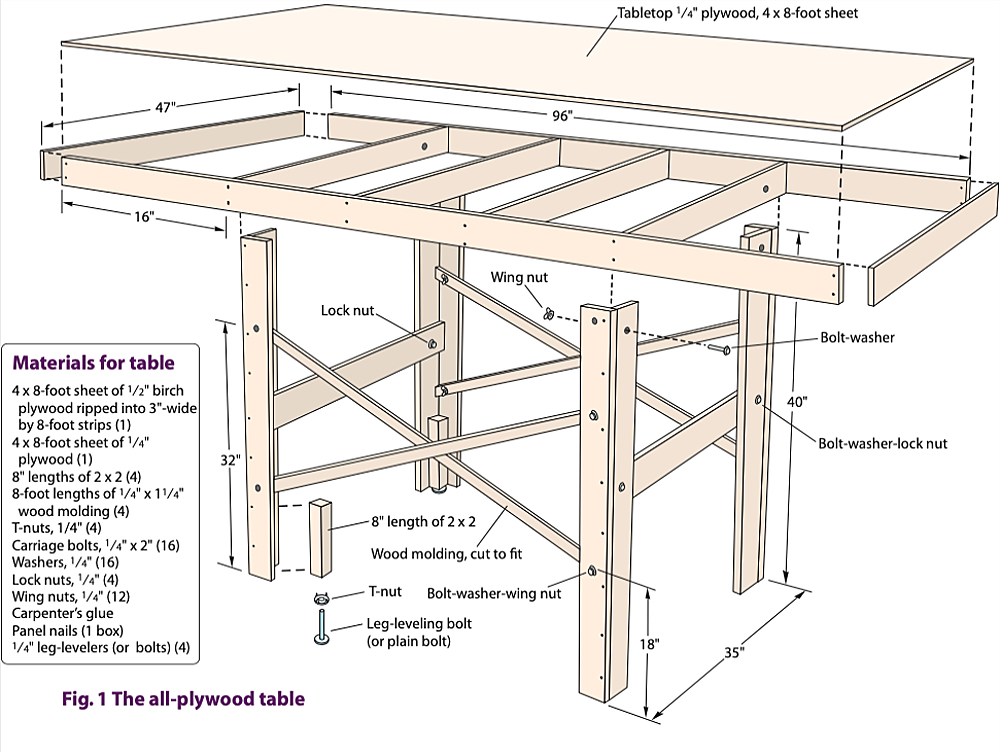
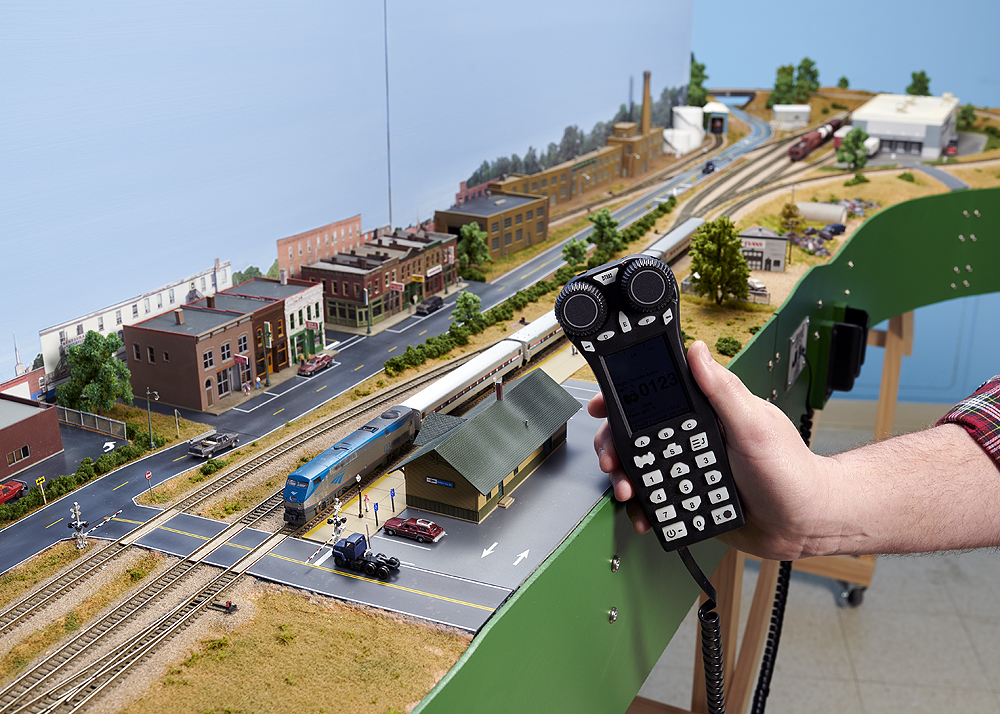
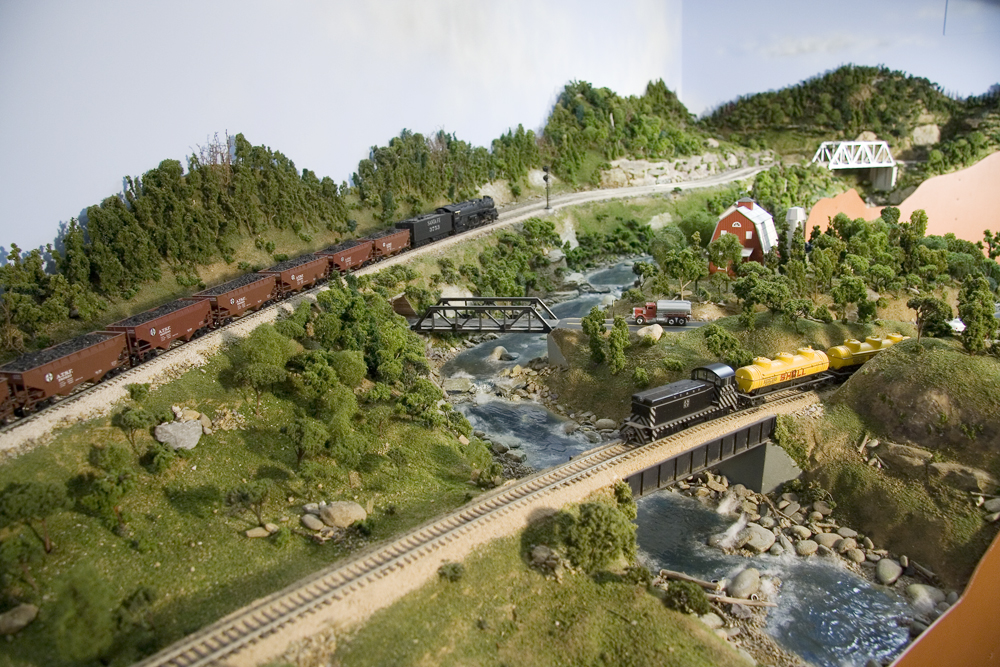
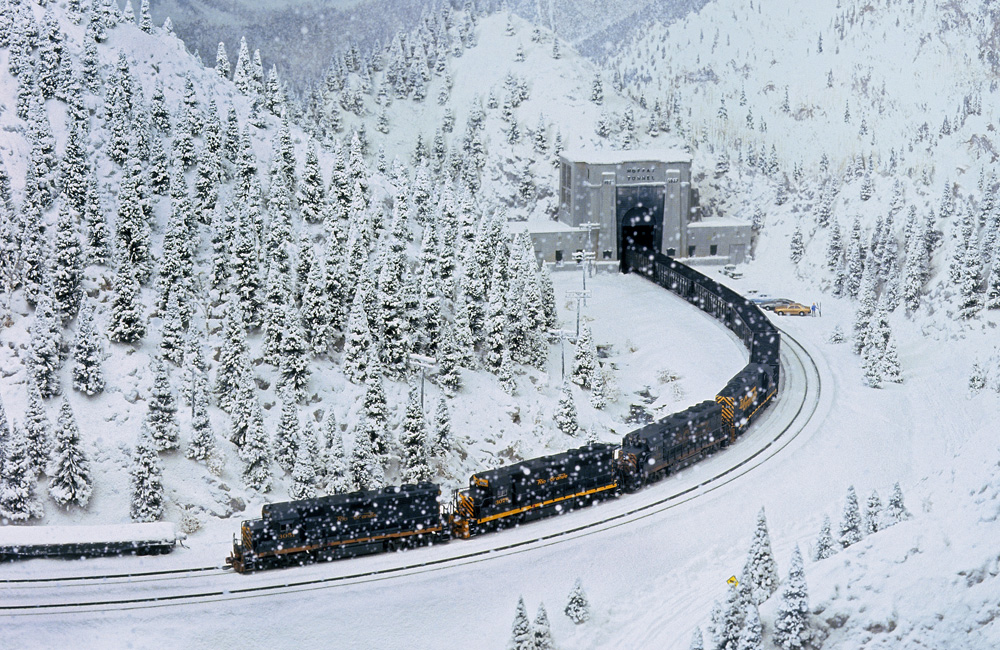
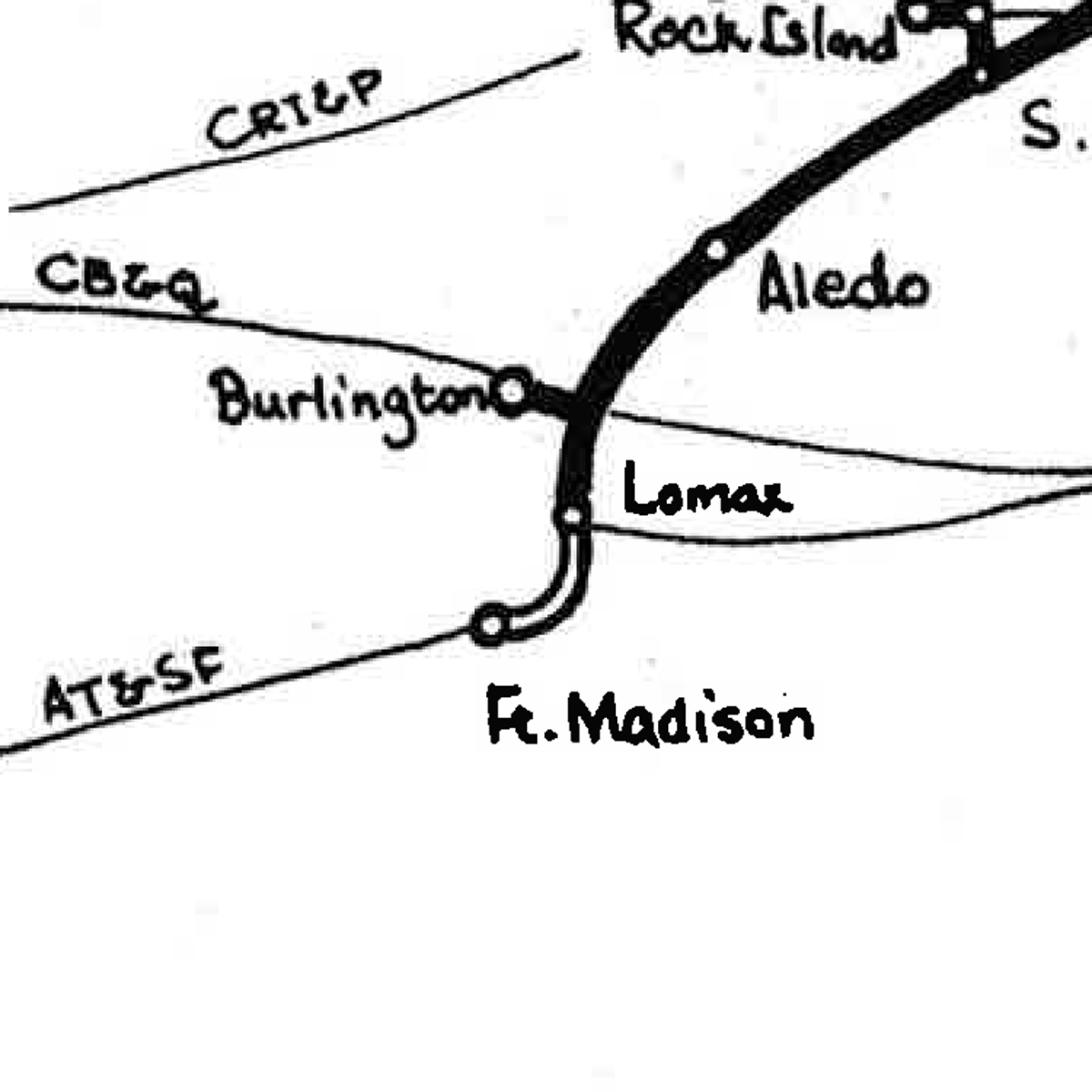
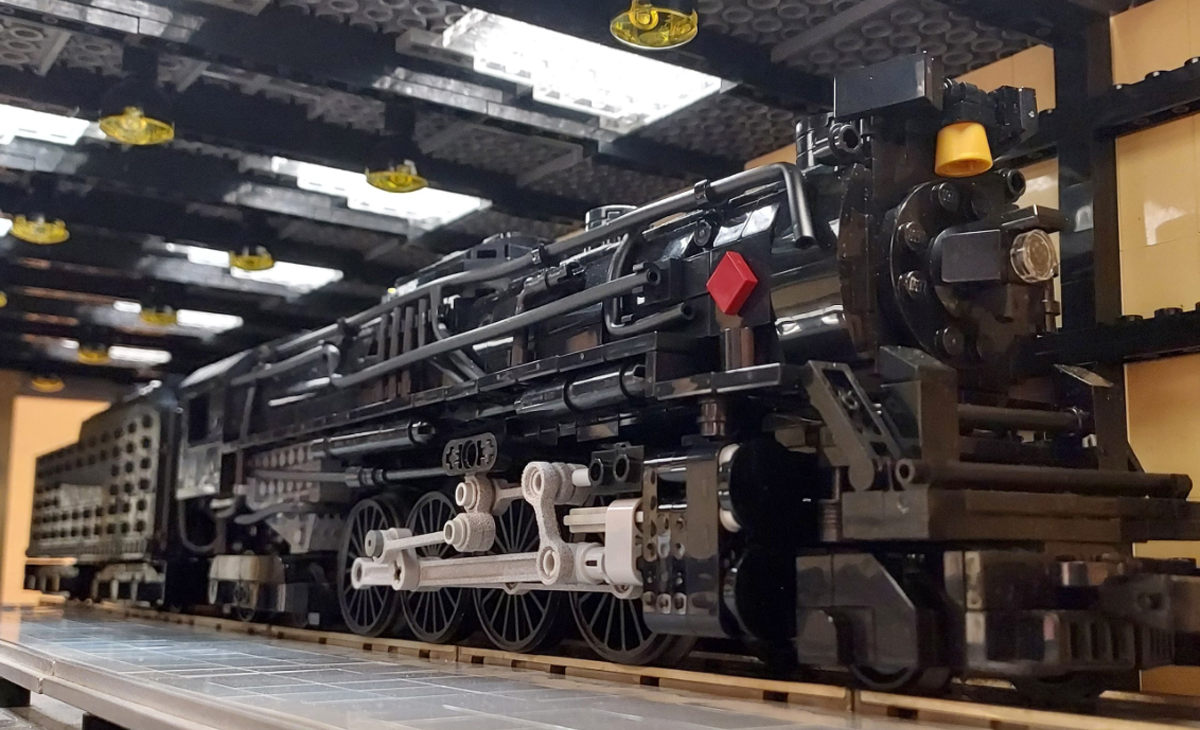
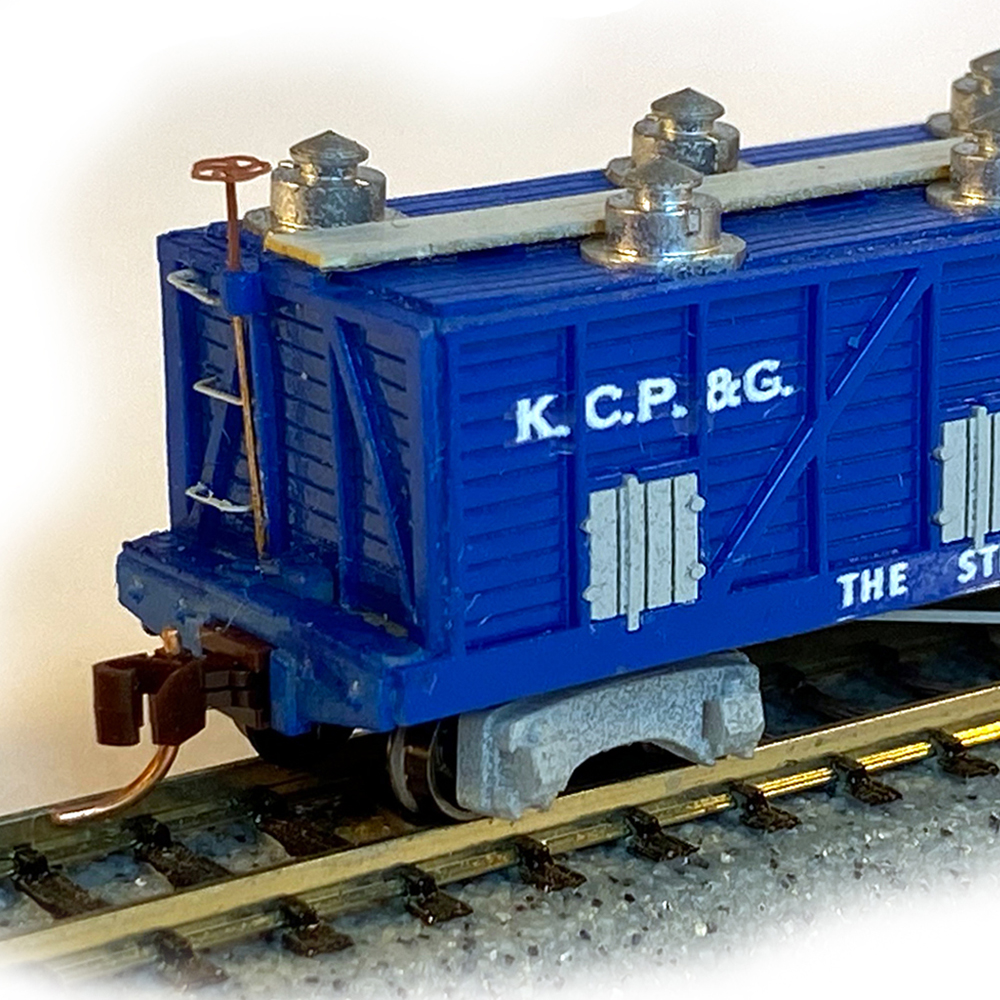
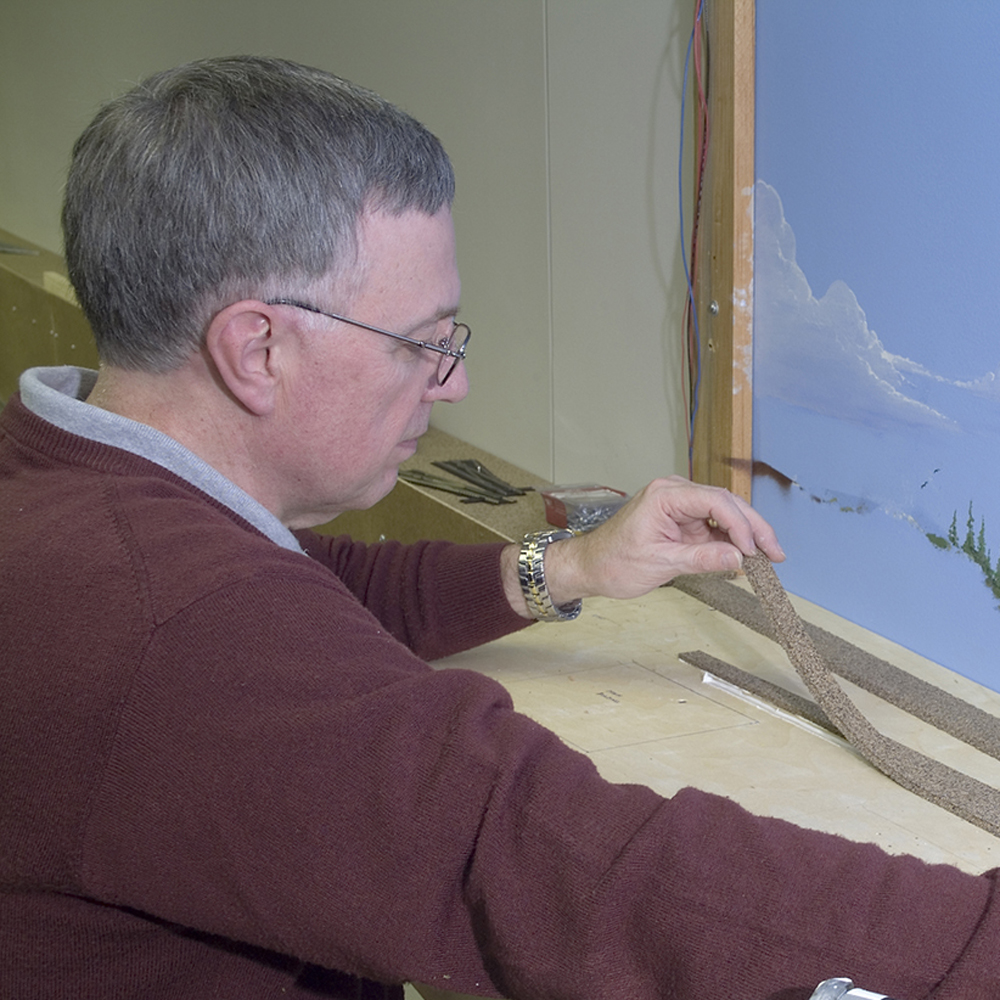




Me space is limited so I’m going N Trak for my layout and an later when I can afford it I’m going full T Trak.
I am going to go against the grain here and suggest that most of the questions being asked in this article are not for the beginner to even worry about. A beginner should not be worried about a complex track plan or even thinking about cutting track, especially if it is a younger person. The often overlooked “starter set” in regular old DC is a great way for someone to get into the hobby for a small amount of money and see if they are really interested in the hobby, chose the correct scale, help determine how much space they need and work out a track plan. https://www.youtube.com/watch?v=kneyI3RvF7o
My best advice to beginners would be to start off simple with a 4 foot by 8 foot layout. Start with a track plan that somebody else created and make some small modifications if you want.
Another great source of information is your local chapter of the National Model Railroad Association. Most chapters have monthly meetings either in person or online or both. There, you will meet more experienced modelers that can help answer your questions. Just do an online search and go to one of the meetings. You’ll likely find a nice group of people that will help you get started in this wonderful hobby.
I think showing a complex track plan is enough to scare off a beginning model railroaders which is why in the 1950’s, MR came up with a 4×8 layout that everyone could build and has over the years shown many small layouts. A small layout can always be added to make a larger layout provided the person has the room. The Tar Branch or a layout like Rice Harbor are perfect layouts for a beginner.
Cheers,
Jeff